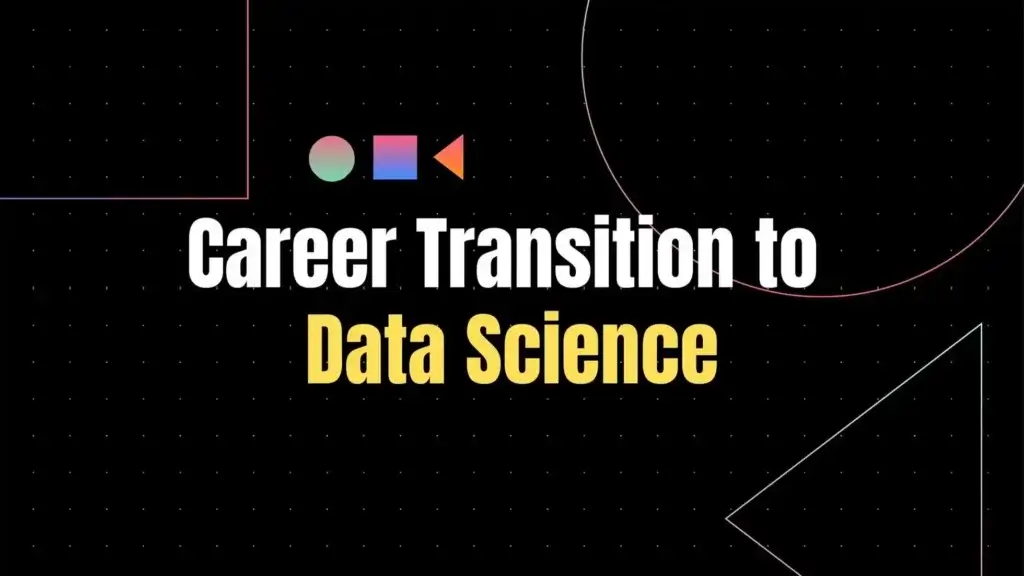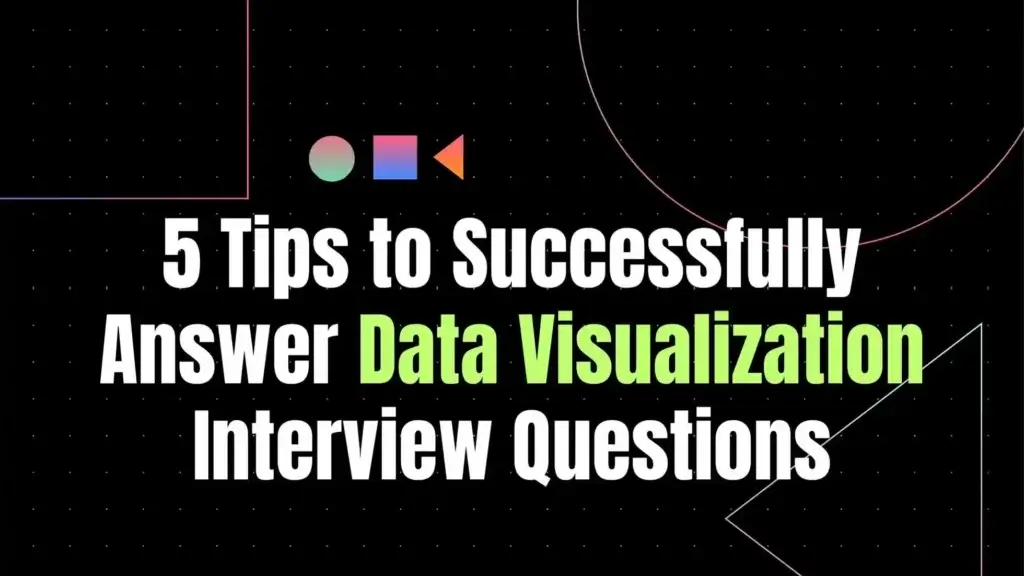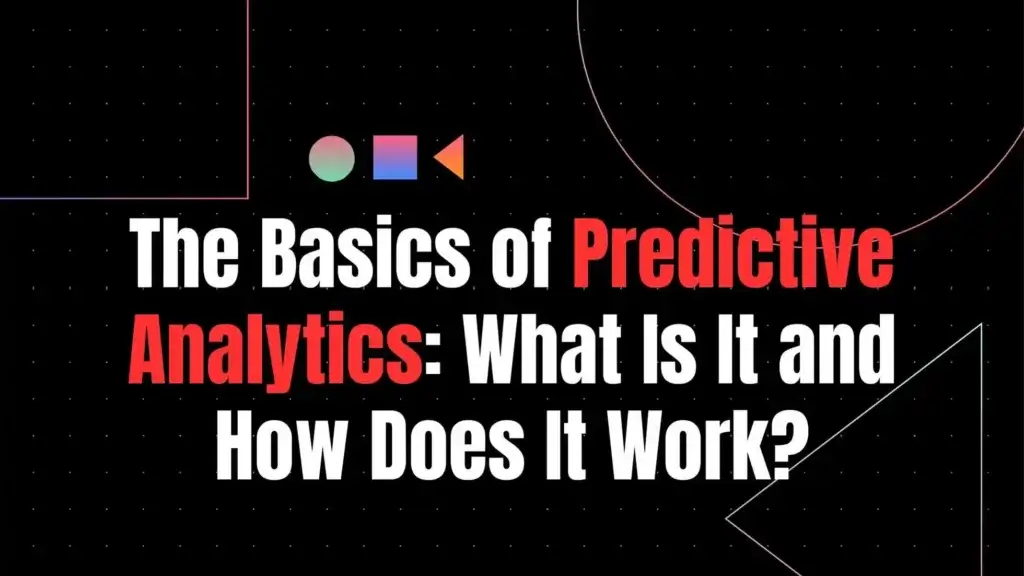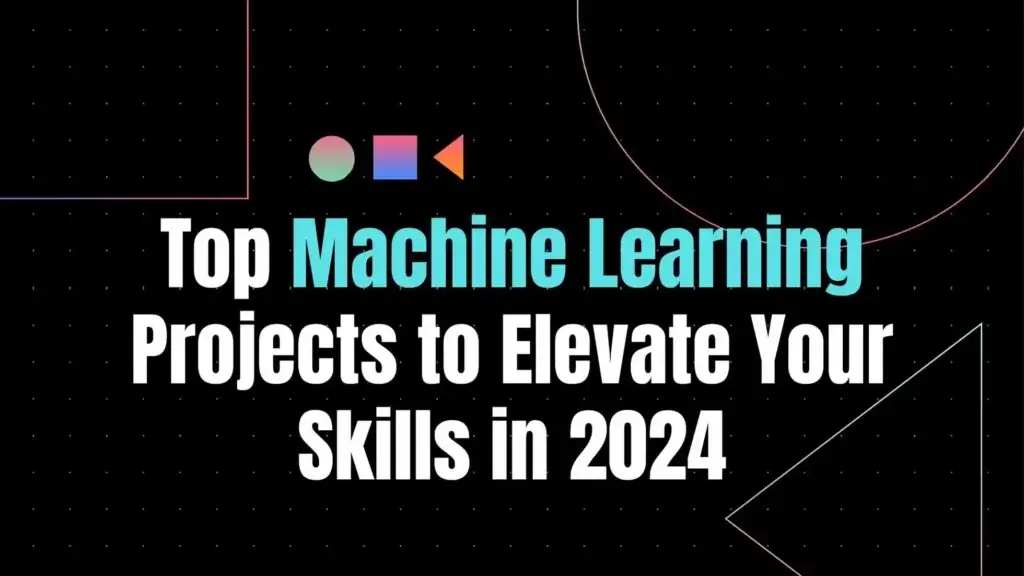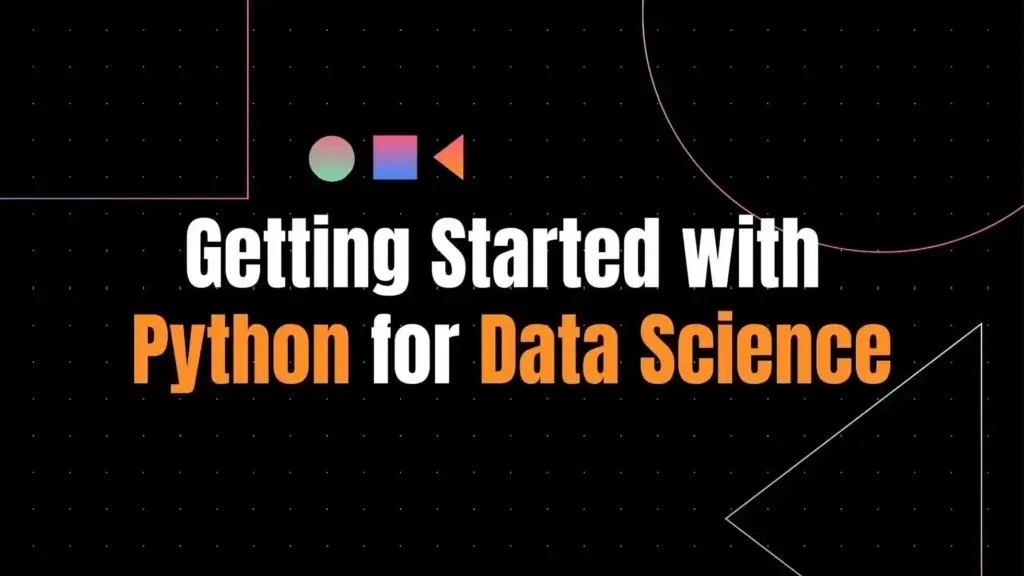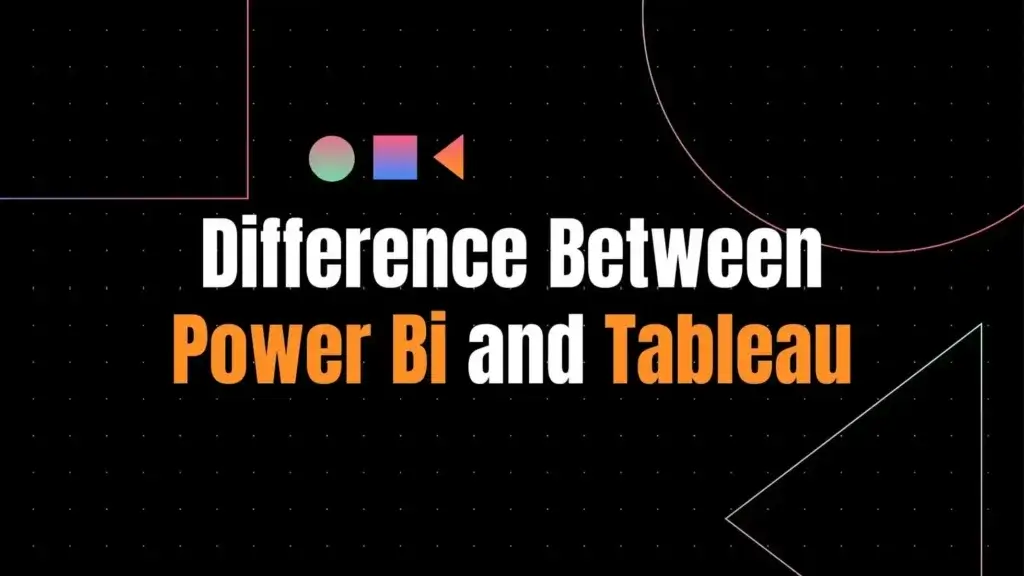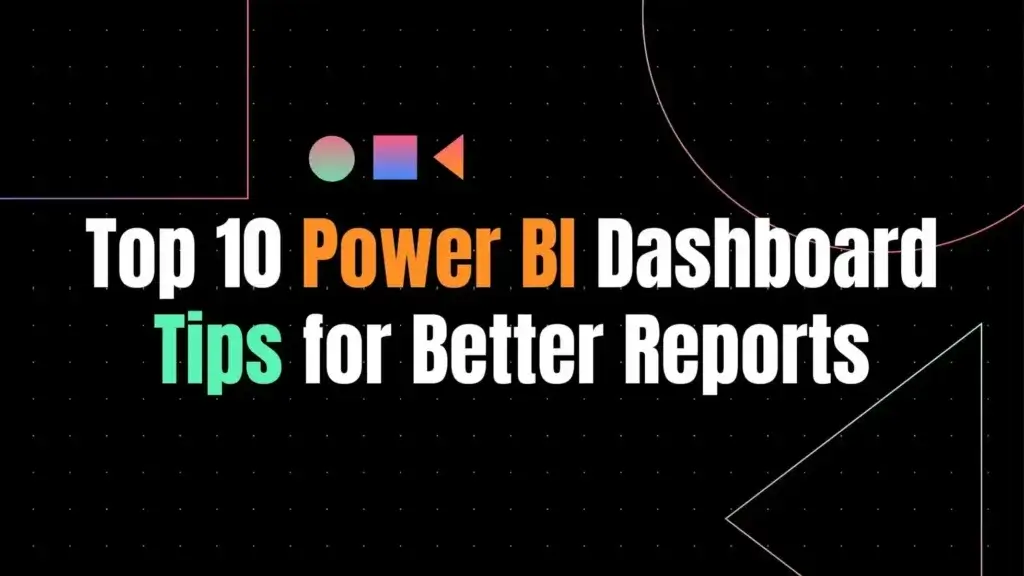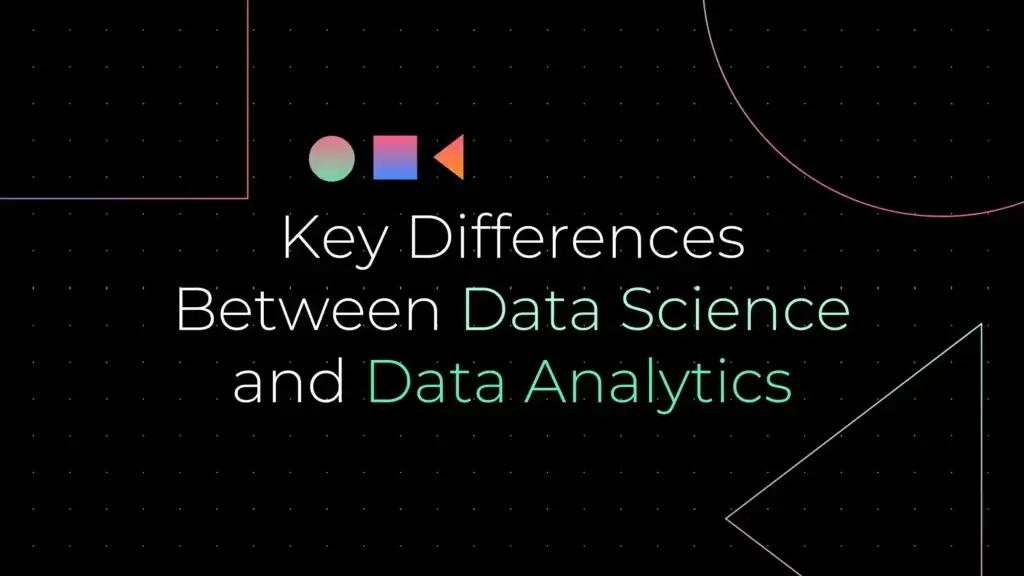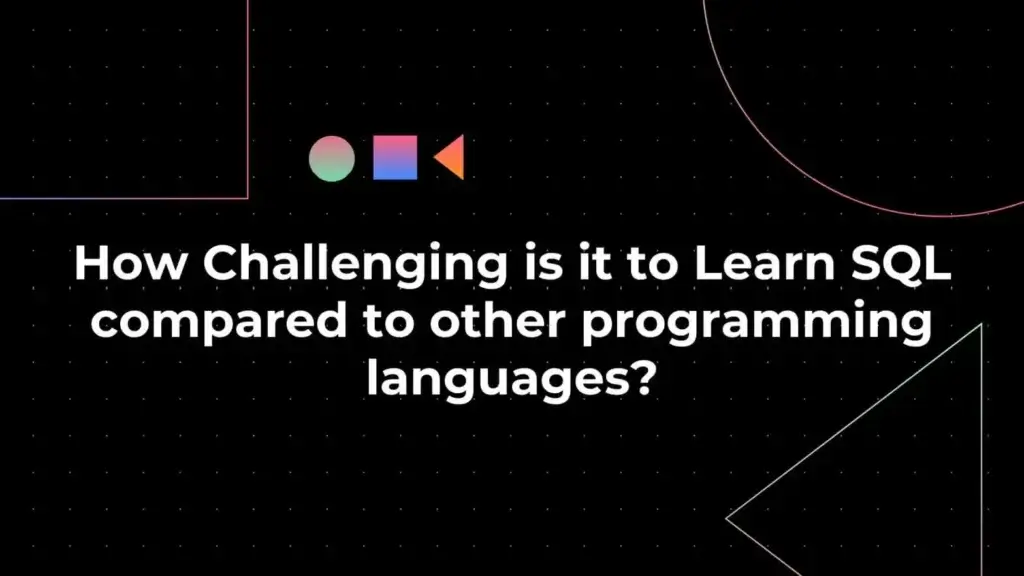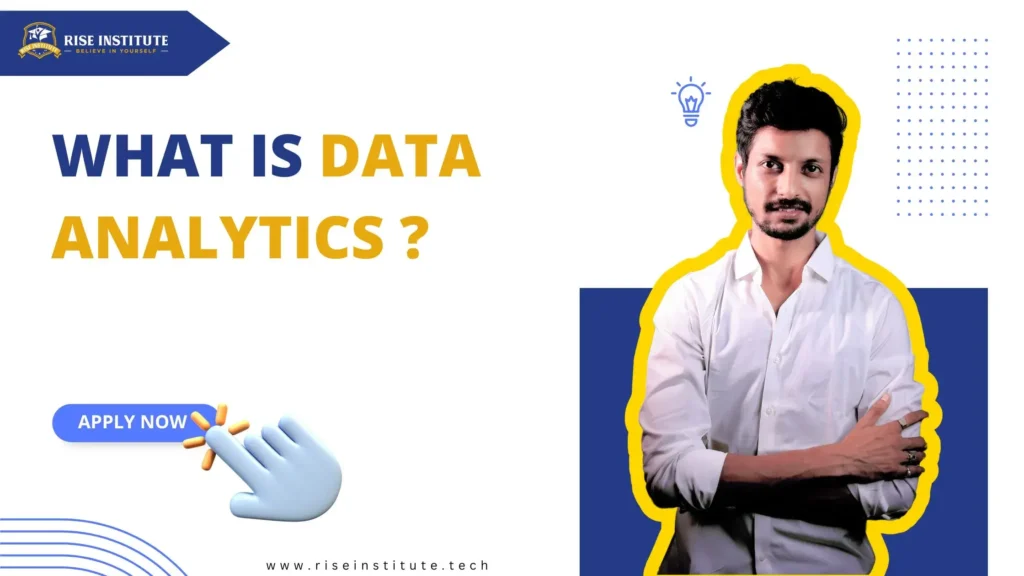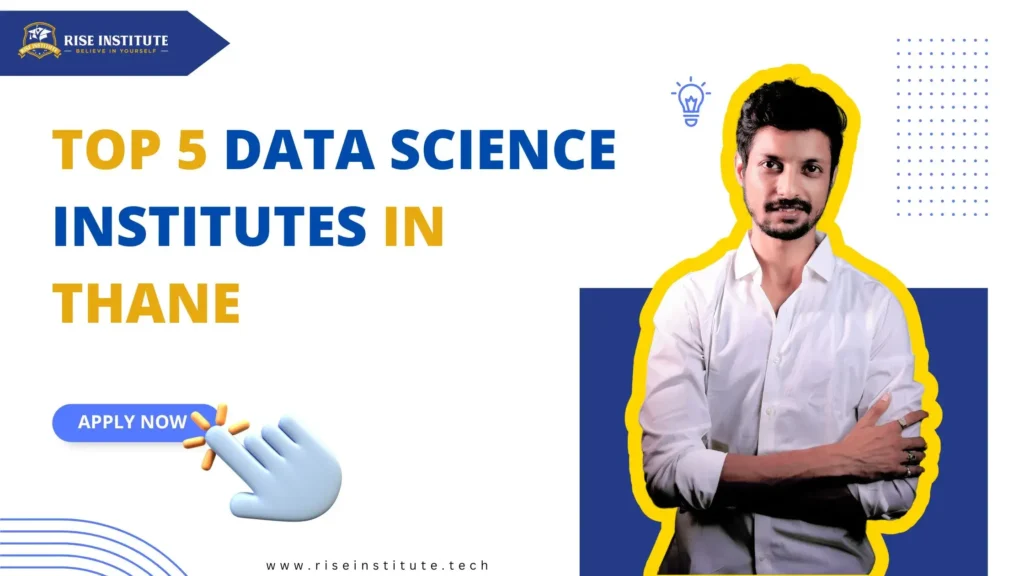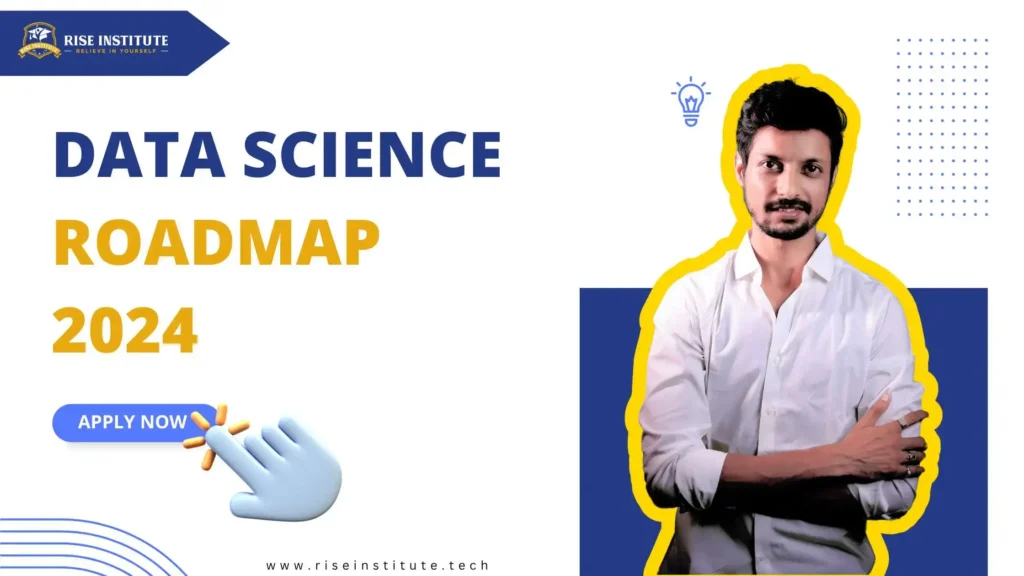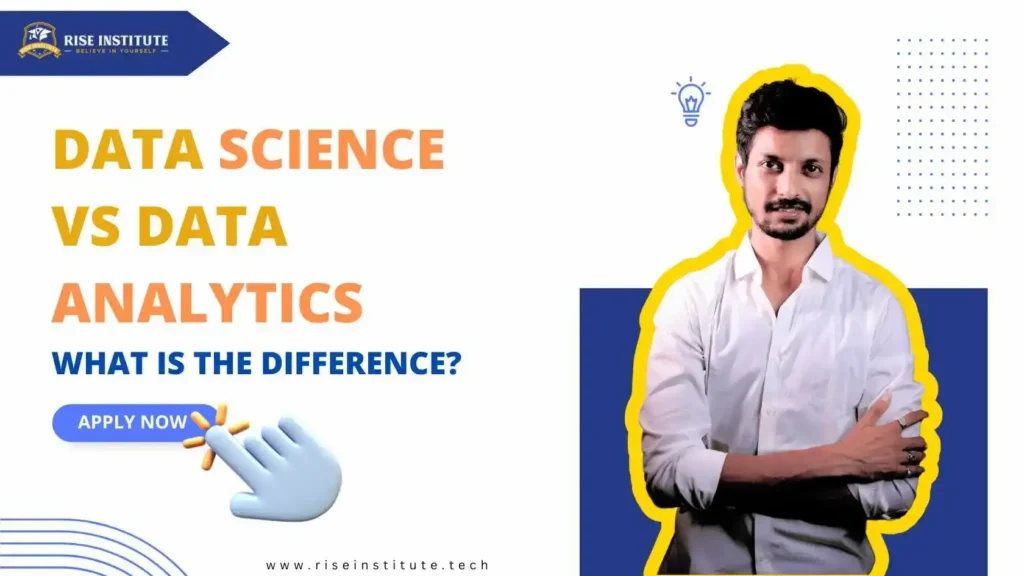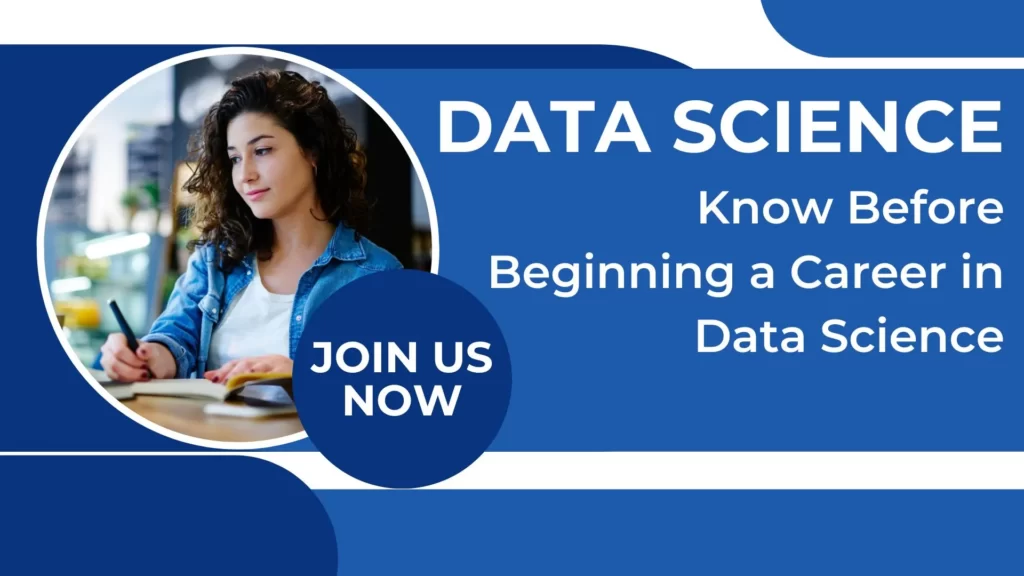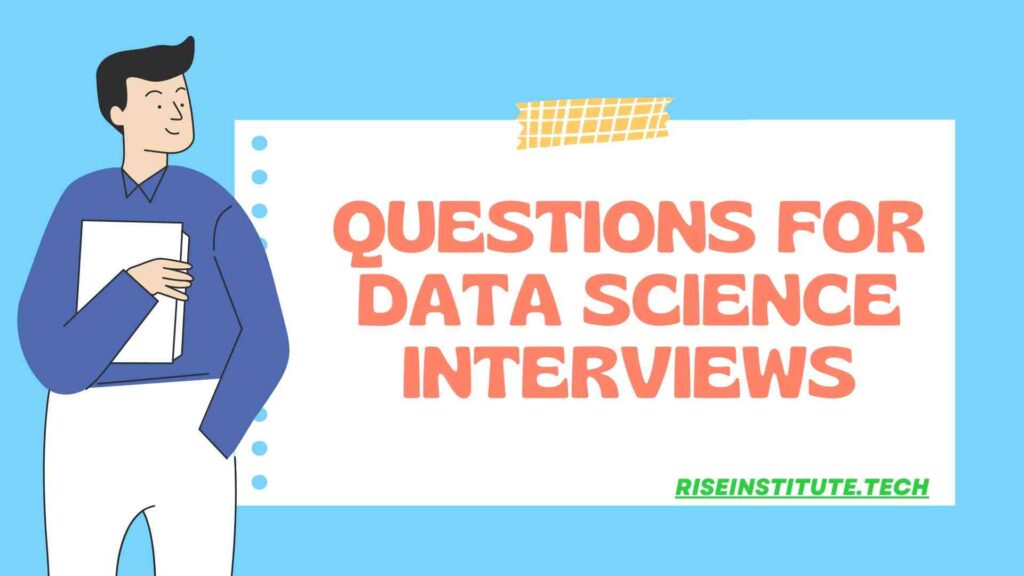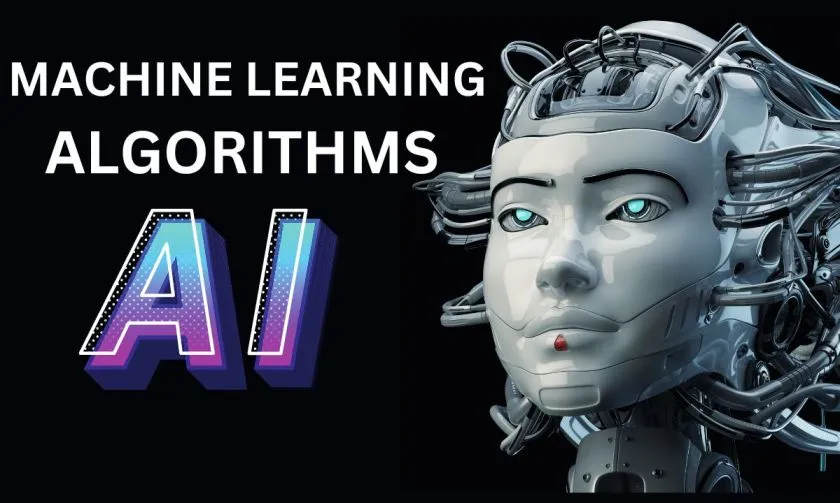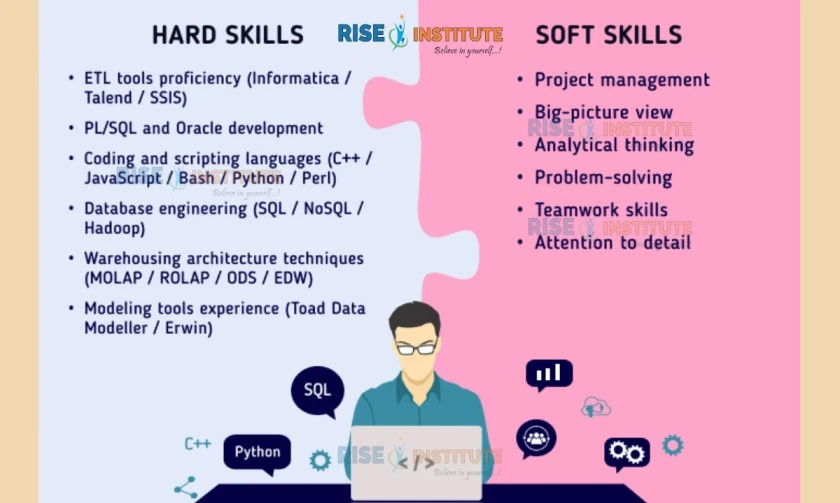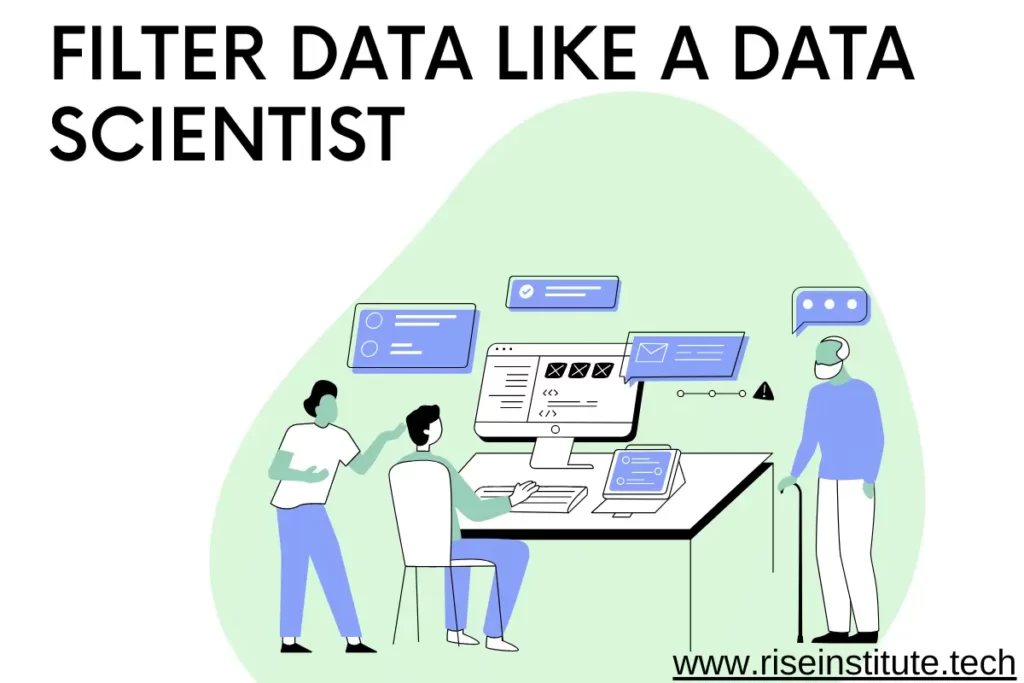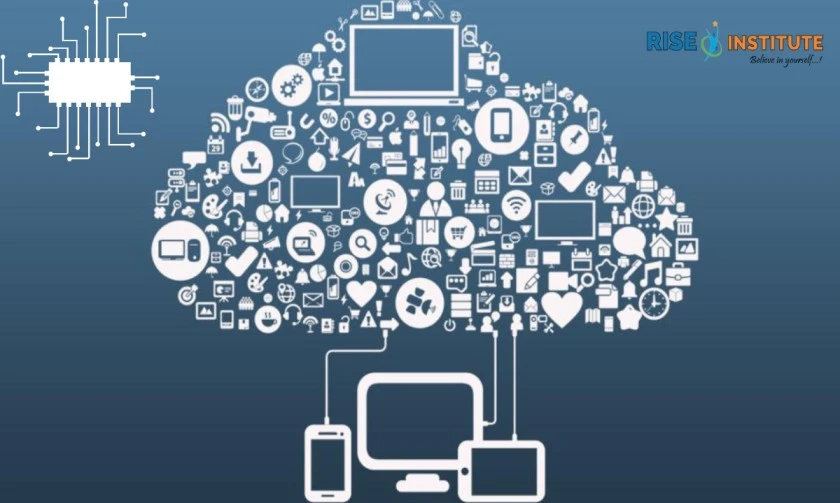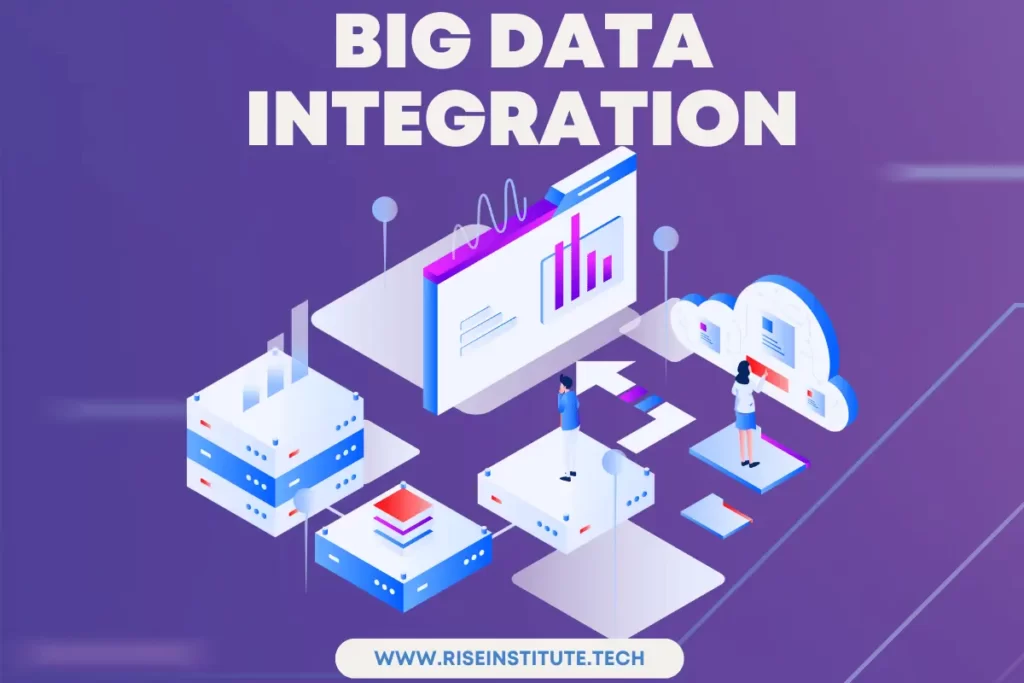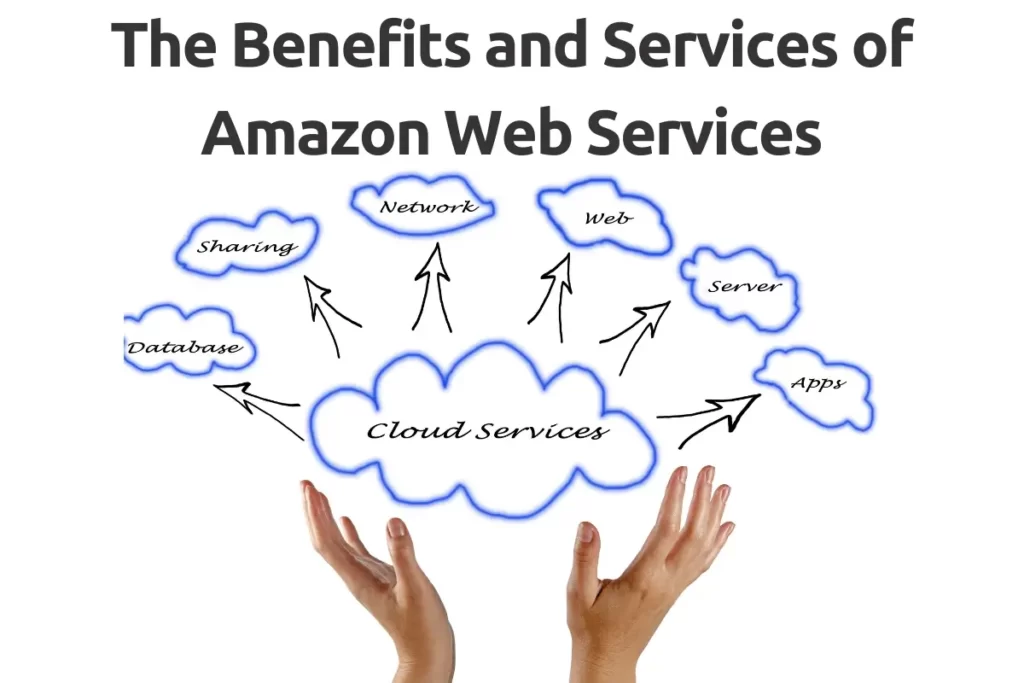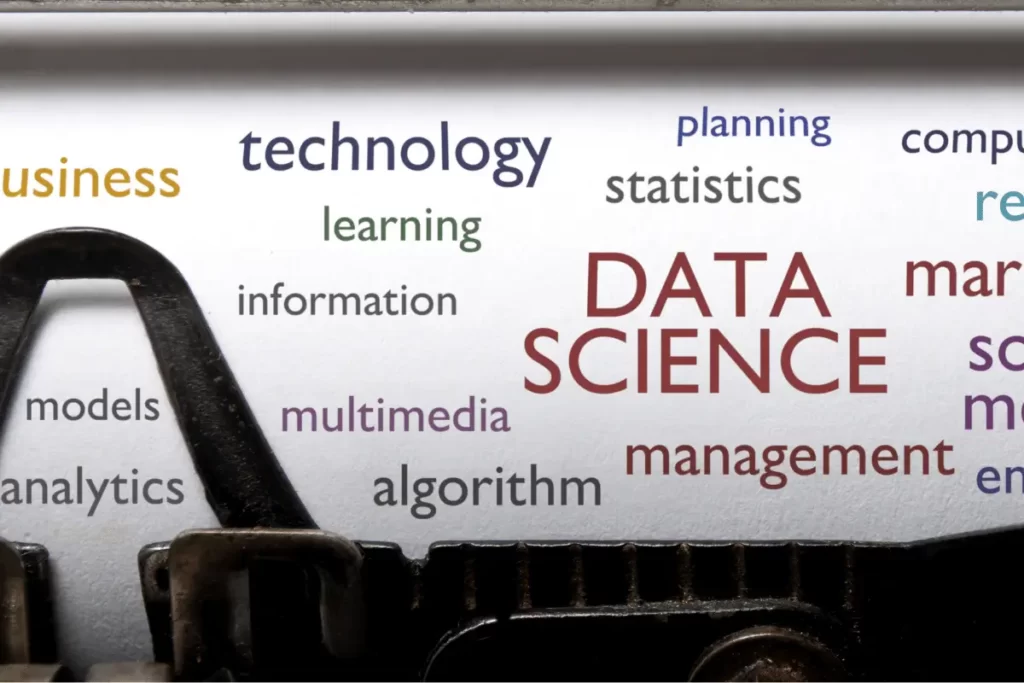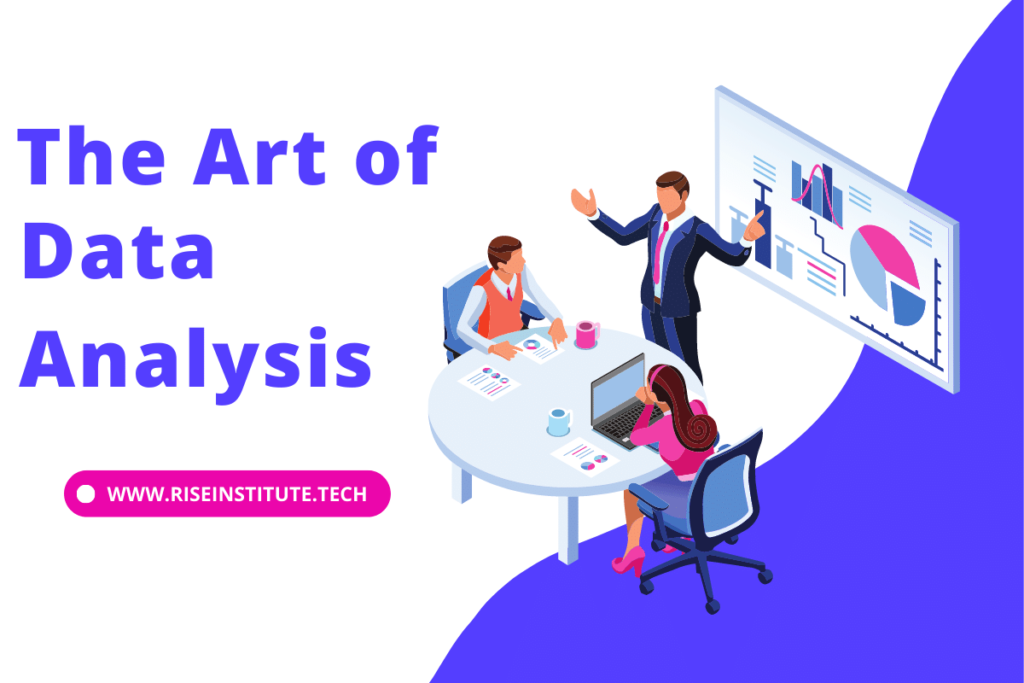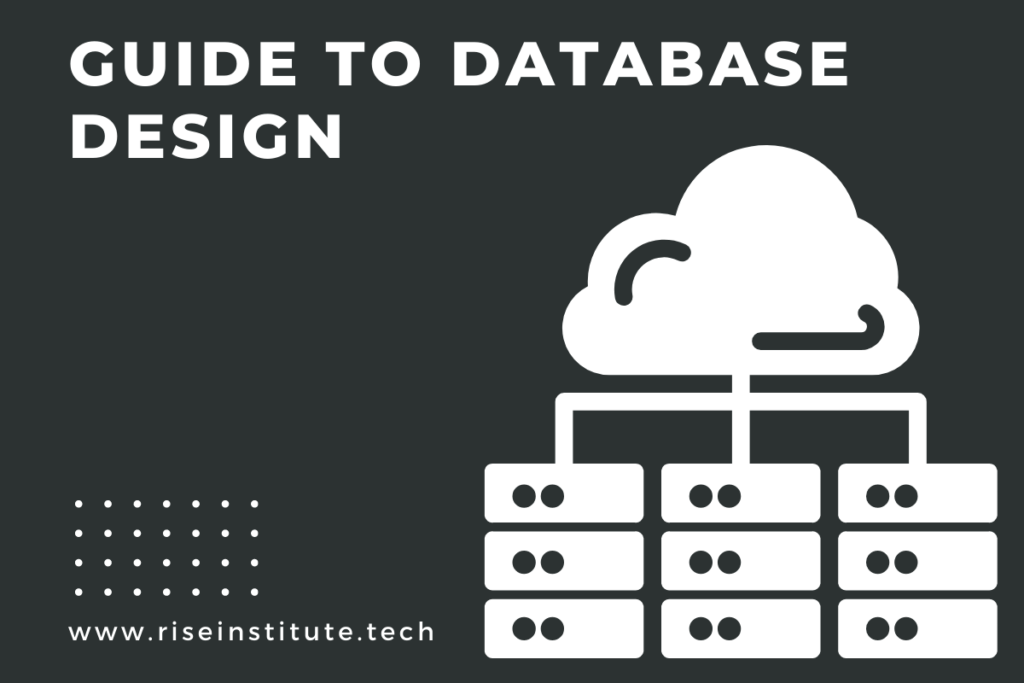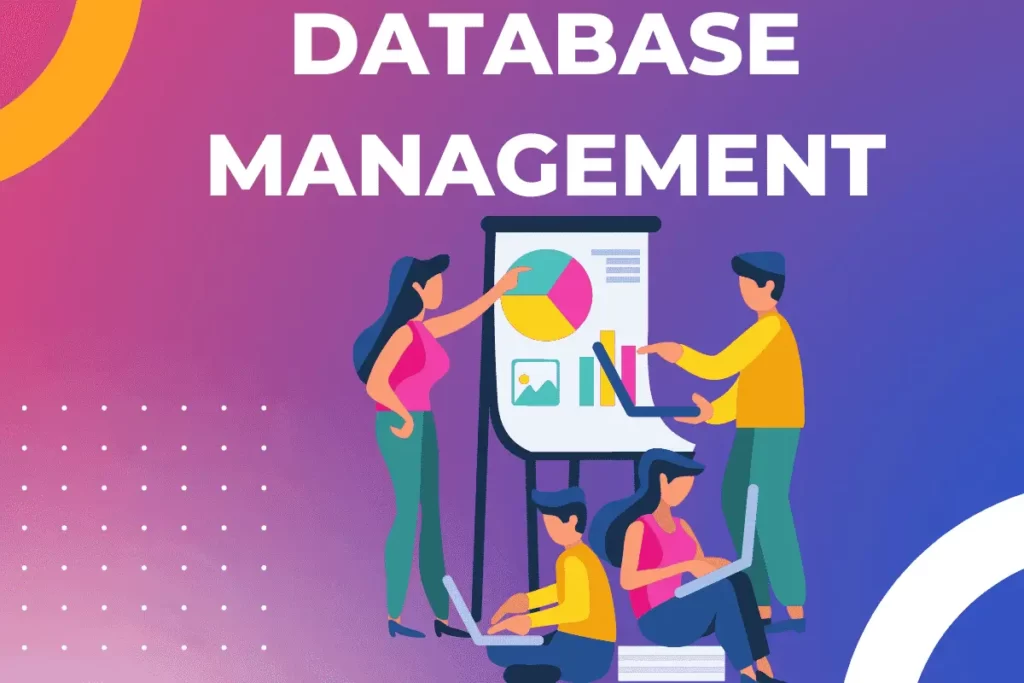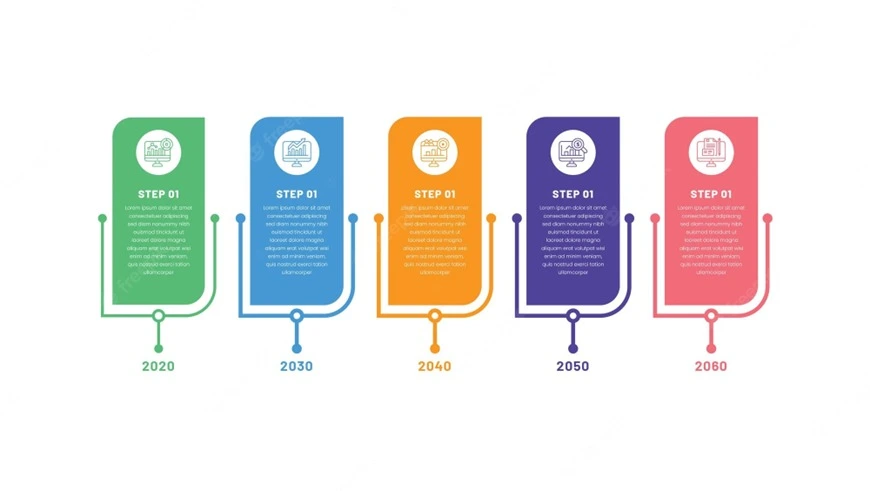TOP 4 BEST DATA SCIENCE PROGRAMS IN NAGPUR
Nagpur, the third-biggest city and winter capital of Maharashtra, India, ranks 13th nationwide in population. It’s a Smart City Project frontrunner and one of Maharashtra’s proposed Smart Cities. Known as the Orange City, Nagpur is a key trading hub with extensive orange farming. It’s also home to big food companies like Haldiram’s, Suruchi International, and Actchawa. Central India’s educational powerhouse, Nagpur is rapidly evolving into a smart city. It hosts tech giants such as Tech Mahindra, TCS, Global Logic, and HCL. Infosys is even setting up a campus in the Mihan Special Economic Zone. Great news for Nagpur locals: The city offers popular data science courses. If you’re aiming to become a Data Scientist, Business Intelligence Developer, Data Analyst, Engineer, or Machine Learning Specialist, these programs are worth considering. Comparison Chart: Top 12 Data Science Courses in Nagpur with Placement. Institute Rank Name Training Delivery Type Offering Course Since Fees Placement Assistance 1 Rise Institute Online & Offline 2018 INR 30k-90k 100%* 2 Data Science Era Online & Offline 2012 INR 45,000 100% 3 LIVEWIRE Offline 2017 INR 50,000 100% 4 Atlanta Computer Institute Online & Offline 2000 INR 79,500 100% What’s Data Science and Why Does it Matter? Picture Data Science as a digital Sherlock Holmes – a champion for information in our online world. Its mission? To make sense of our vast data troves. Imagine a massive jigsaw puzzle – that’s our data. Data Science is the clever tool that pieces it together, revealing the big picture. It uses smart techniques and math wizardry to decode the secrets hidden in numbers, text, or images. So, why is this such a big deal? Think about the data we generate daily – from tweets to online purchases. Data Science helps businesses and researchers unlock the potential of this information. It enables companies to understand what customers really want, making your shopping experience smoother. It also aids doctors in spotting health trends, leading to improved treatments and medicines. In essence, Data Science is like a superhero that uncovers the mysteries of our digital universe. It enhances our lives by transforming data mountains into valuable insights. Next time you’re amazed at how an app seems to read your mind, thank Data Science for making it possible! Top 4 Data Science Programs in Nagpur 1. Rise Institute. Rise Institute stands out as India’s leading digital skills training provider. Our curriculum is crafted by a team of over 10 data science experts, incorporating insights from 250 innovative businesses across Asia. We’ve tailored our program to match the skill requirements of both small and large digital marketing agencies, as well as in-house marketing teams. Our approach is practical, blending hands-on work, research, and assignments to ensure a comprehensive learning experience. Why Pick Rise Institute’s Online Data Science Course? Join our Data Science Training in Nagpur Program, India’s finest, to kickstart your data science certification journey. You’ll get practical experience with over 75 projects covering areas like Statistics, Advanced Excel, SQL, Python Libraries, Tableau, Advanced Machine Learning, and Deep Learning. These projects mirror real-world challenges from various sectors including healthcare, manufacturing, sales, media, marketing, and education. The training equips you for more than 30 different job roles, opening up a wide range of exciting career possibilities. Benefits of Online Data Science Courses Enrolling in an online Data Science course is like embarking on an exciting learning adventure from your own space. The flexibility is a major plus – you decide when and where to learn. No rush to get to class; you can even study in your pajamas if you want! Plus, these courses often let you set your own pace. Need extra time on a challenging concept? No problem! Another great aspect is accessibility. The internet connects you with top-notch instructors and resources worldwide. It’s like having a virtual library at your fingertips! Online courses also use interactive tools and videos, making learning more engaging than traditional textbooks. Cost-saving is another advantage. You save on travel expenses and pricey textbooks. You can become a Data Science pro without breaking the bank. So, if you’re ready to dive into the world of data and numbers, an online Data Science course could be your perfect starting point! Data Science Course Syllabus Module 1: Introduction to Data Science Introduction to the Industry & BuzzwordsIndustrial application of data scienceIntroduction to different Data Science TechniquesImportant Software & ToolsCareer paths & growth in data science Module 2: Introduction to Excel Introduction to Excel- Interface, Sorting & Filtering,Excel Reporting- Basic & Conditional FormattingEssential Excel FormulaeLayouts, Printing and Securing Files Module 3: Introduction to Stats Introduction to Statistics & It’s ApplicationsDifferent types of DataPopulation vs SampleSampling TechniquesIntro: Inferential vs. descriptive statistics Module 4: Descriptive Stats Using Excel Datasets Categorical Variables Visualization Using Excel Charts- FDT, Pie Charts, Bar Charts & ParetoNumerical Variables Visualization of Frequency & Absolute Frequency- Using Histogram, Cross Table & Scatter PlotMeasure of Spread ( Mean, Mode , Median)Measure of Variance( Skewness, SD, Variance,Range, Coef. Of Variance, Bivariate Analysis, Covariance & Correlation) Module 5: Inferential Stats Using Excel Datasets Introduction to ProbabilityPermutation & CombinationsTypes of eventsNormal distributionStandard Normal distributionNormal vs. Standard Normal distributionConfidence Intervals & Z-ScoreHypothesis Testing & It’s Types Module 6: Database Design & MySQL Relational Database theory & Introduction to SQLMySQL InstallationDatabase Creation in the MySQL WorkbenchQuerying in MySQLJoins and Set OperationsSQL Practice Case StudyWindow FunctionsCase Statements, Stored Routines and CursorsØ Query Optimisation and Best Practices Ø Problem-Solving Using SQL Module 7: Data Visualization Using Advanced Excel IntroductionLOOKUP functionsPivot TablesWHATIF AnalysisDashboard CreationRecording MacrosAdvanced Visualizations- PIVOT Charts, Sparklines, Waterfall ChartsData Analysis ToolPak – Regression in Excel Module 8: Data Visualization Using Tableau Introduction to TableauIntroductionWhat is Data Analytics?Why Data Visualisation?What is Tableau?Why Tableau?Tableau vs Excel and PowerBIExploratory and Explanatory AnalysisGetting started with TableauVisualizing and Analyzing data with Tableau – IIntroductionBar ChartsLine Charts and FiltersArea ChartsBox plots and PivotingMaps and HierarchiesPie ChartsTreemaps and GroupingDashboardsVisualizing and Analyzing Data with Tableau – IIIntroductionJoins and SplitsNumeric and String functionsLogical and Date functionsHistograms and parametersScatter PlotsDual Axis ChartsTop N Parameters and Calculated FieldsStacked bar ChartsDashboards
TOP 4 BEST DATA SCIENCE PROGRAMS IN NAGPUR Read More »








